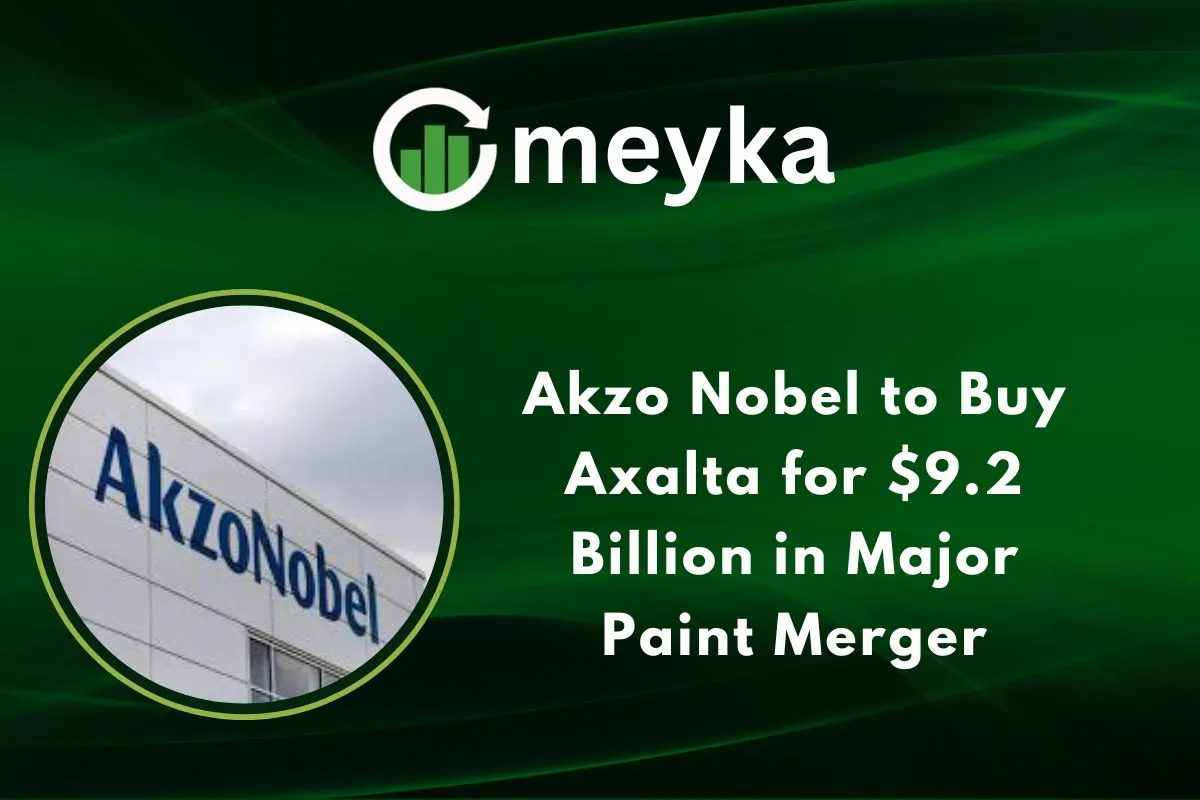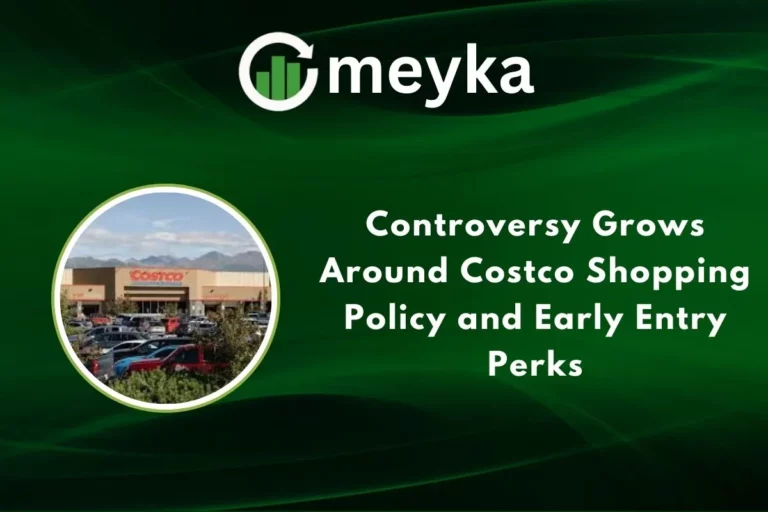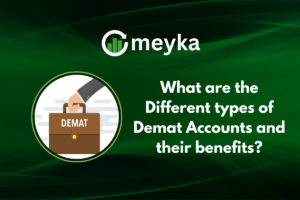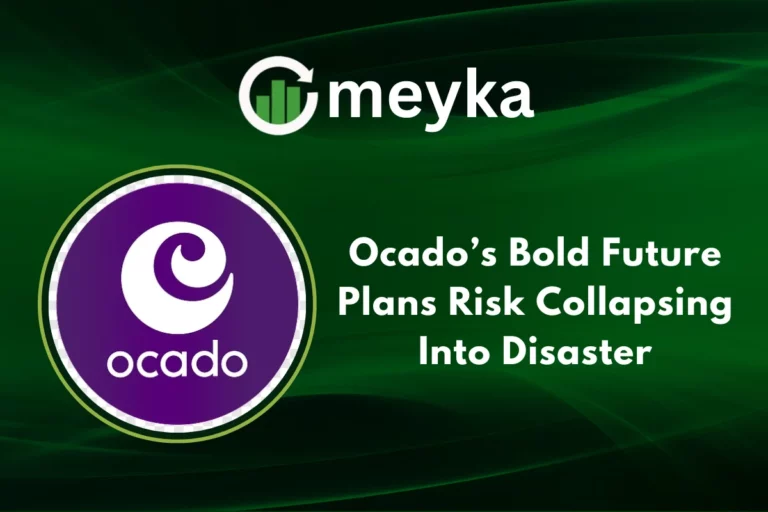Akzo Nobel to Buy Axalta for $9.2 Billion in Major Paint Merger
We’re witnessing a momentous shift in the paint world: Akzo Nobel, the Dutch giant behind Dulux, is merging with Axalta Coating Systems in a deal valued at about $25 billion. This isn’t just a simple acquisition; it’s a full-scale merger creating one of the biggest global players in coatings. By bringing together Akzo Nobel’s decorative and industrial strength with Axalta’s high-performance liquid and powder coatings, the new company aims for big cost savings and a global reach. We see this as a bold bet on future growth and innovation.
About the Companies
Akzo Nobel
Akzo Nobel is a Dutch multinational based in Amsterdam. It makes decorative paints (like Dulux) and performance coatings for industrial uses. The company has been working on improving efficiency, especially after cost pressures in recent years. Under CEO Grégoire Poux‑Guillaume, its strategy includes strengthening profitability while expanding its market presence.
Axalta
Axalta, headquartered in Philadelphia, is a specialist in high-performance coatings: liquid and powder, for automotive, industrial, and commercial applications. Though smaller than some rivals, Axalta has built a strong financial profile and operational efficiency, making it a very attractive partner for Akzo Nobel.
Details of the Merger
- The merger will be completed entirely through a stock-based transaction.
- Under the deal, Akzo Nobel shareholders will own about 55% of the combined company, and Axalta shareholders around 45%.
- The combined company will be dual‑listed at first, on the Amsterdam and New York stock exchanges, before consolidating on the NYSE.
- It will maintain dual headquarters: Amsterdam (Akzo’s base) and Philadelphia (Axalta’s).
- The merger is expected to be completed by late 2026 to early 2027, subject to regulatory approvals.
Strategic Rationale
Why is this deal happening? We believe there are several key reasons:
- Complementary portfolios: Akzo Nobel brings decorative and industrial coatings, while Axalta contributes highly specialized liquid and powder coatings. Together, their offering become more diversified and powerful.
- Cost synergies: The companies expect to cut about $600 million annually through cost-saving measures.
- Profitability boost: Axalta is known for strong profit margins. Akzo’s CEO has highlighted Axalta’s profitability, saying this is more than just chasing growth.
- R&D and innovation: By combining resources, they can deepen research in coatings, especially in areas like sustainability, high-performance finishes, and industrial applications.
- Global scale: The merger strengthens their global footprint, enabling better reach in both mature and emerging markets.
Market and Industry Impact
This merger could significantly reshape the global coatings industry:
- The combined firm is projected to generate around $17 billion in annual revenue.
- Competitors like Sherwin‑Williams, PPG, and Nippon Paint will feel the pressure. A larger Akzo‑Axalta could compete more aggressively on price, innovation, and scale.
- Analysts are positive: the deal could drive more efficiency, faster product development, and more global reach.
- It may also push the market toward consolidation. When two big players merge, others may respond by strengthening their M&A strategies, increasing R&D investments, or forming partnerships.
Financial Considerations
- The $600 million in annual savings is a major financial driver.
- The deal is all-stock, which means Akzo‑Nobel is not taking on large new debt just to pay cash; this helps financial stability.
- Analysts forecast that the combined EBITDA (earnings before interest, taxes, depreciation, and amortization) will be around $3.3 billion, with free cash flow of about $1.5 billion.
- For Akzo, this merger supports its long-term strategy to improve earnings, reduce costs, and optimize capital structure.
- From Axalta’s side, joining with a larger global partner offers access to more financial strength and distribution to fuel growth.
Risks and Challenges
While promising, this merger comes with real risks:
- Regulatory hurdles: Large mergers often face antitrust scrutiny, especially in the coatings market.
- Integration risk: Merging two large, complex operations always has execution risk – combining R&D, manufacturing, and cultures isn’t easy.
- Cost savings execution: To realize $600 million in savings, they’ll need to act swiftly and efficiently.
- Market uncertainty: Raw material costs, inflation, and demand fluctuations in construction or automotive could affect profitability.
- Debt and leverage: Even though it’s an all-stock deal, managing working capital and potential restructuring costs could pressure cash flow in the near term.
Conclusion
The Akzo Nobel/Axalta merger is a bold and strategic move. By combining their strengths, these two coating powerhouses are positioning themselves to lead the global paint market. We believe this deal is not just about cutting costs; it’s about creating a future-focused company that can innovate, scale, and compete strongly across multiple segments. If the integration goes well and the projected synergies materialize, the new company could set new standards in coatings, from decorative paints to high-performance industrial finishes. As we follow this merger’s journey, one thing is clear: the paint world might never look the same again.
FAQS
No, in fact, Axalta and Akzo Nobel ended their talks about a merger because they couldn’t agree on terms.
JSW Paints is likely to buy Akzo Nobel’s India business in a deal worth about $1.4 billion.
Not the whole Transtar, Axalta bought The CoverFlexx Group, a Transtar subsidiary, for about $285 million in 2024.
Disclaimer:
The content shared by Meyka AI PTY LTD is solely for research and informational purposes. Meyka is not a financial advisory service, and the information provided should not be considered investment or trading advice.






